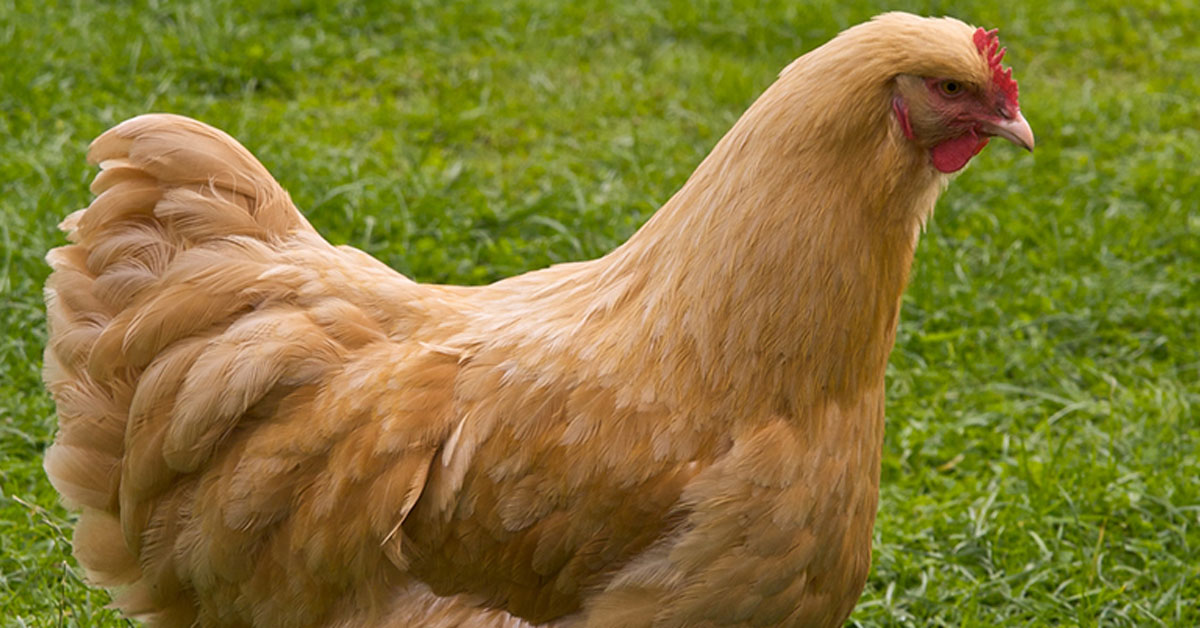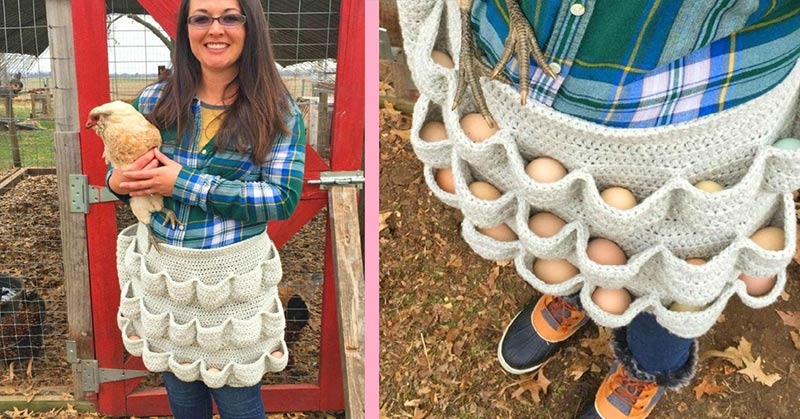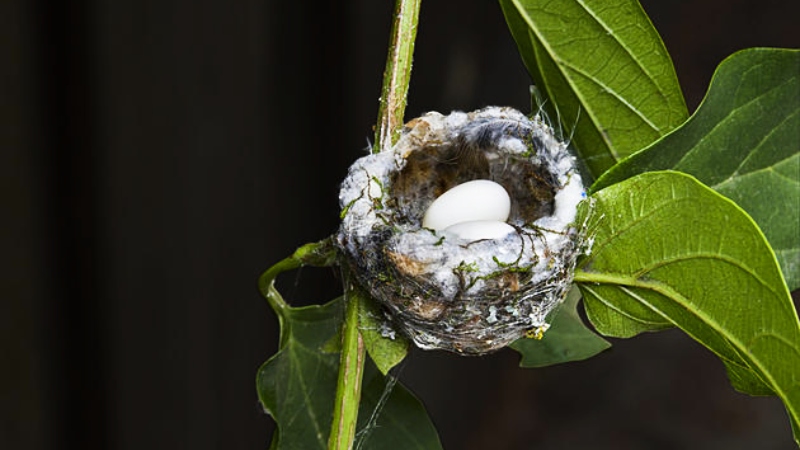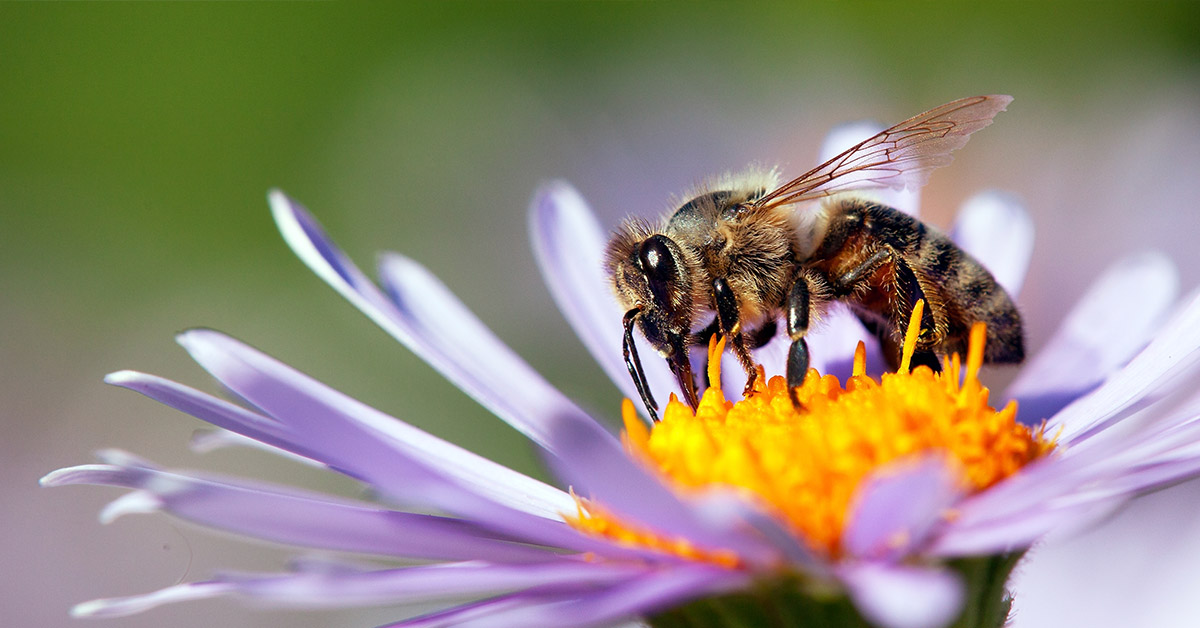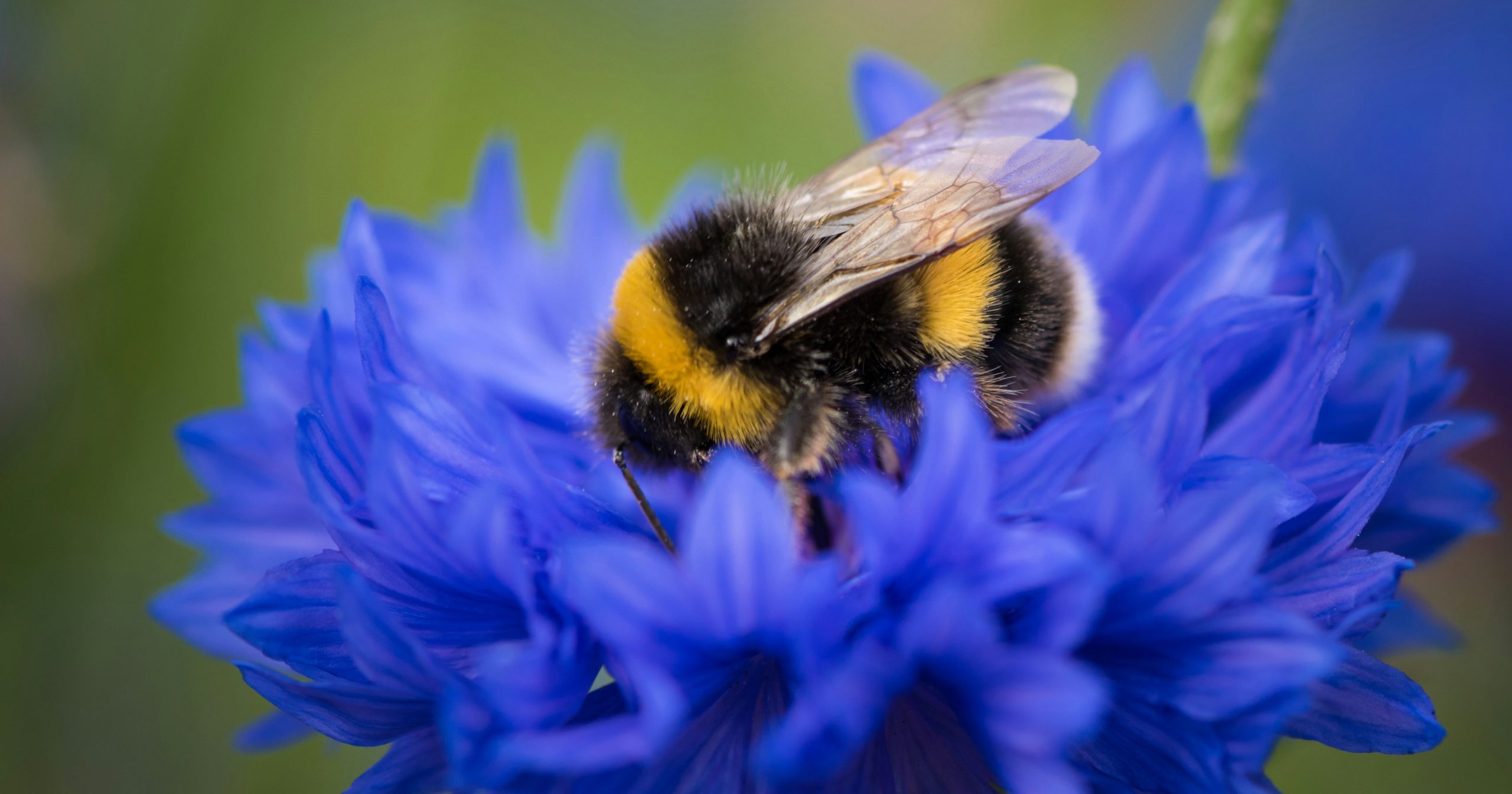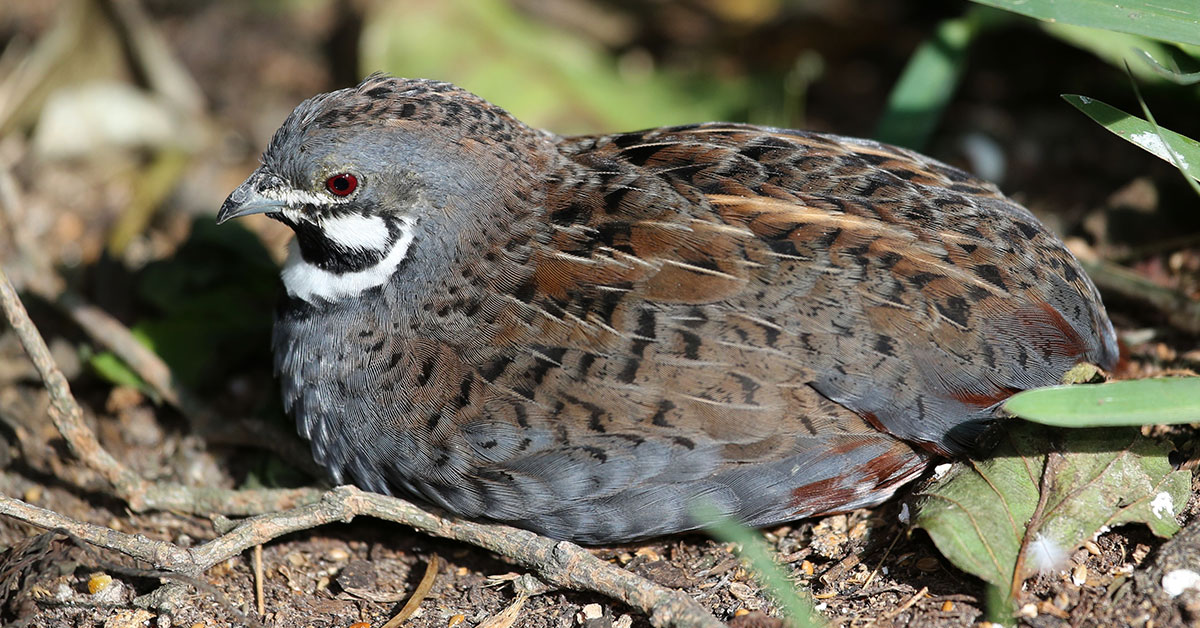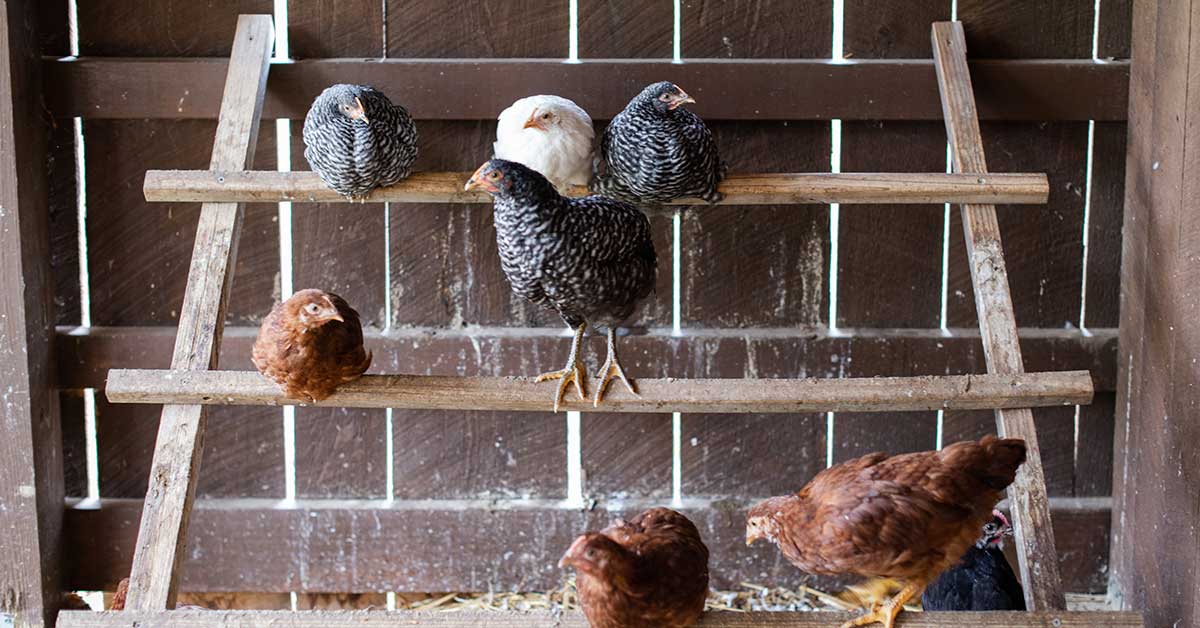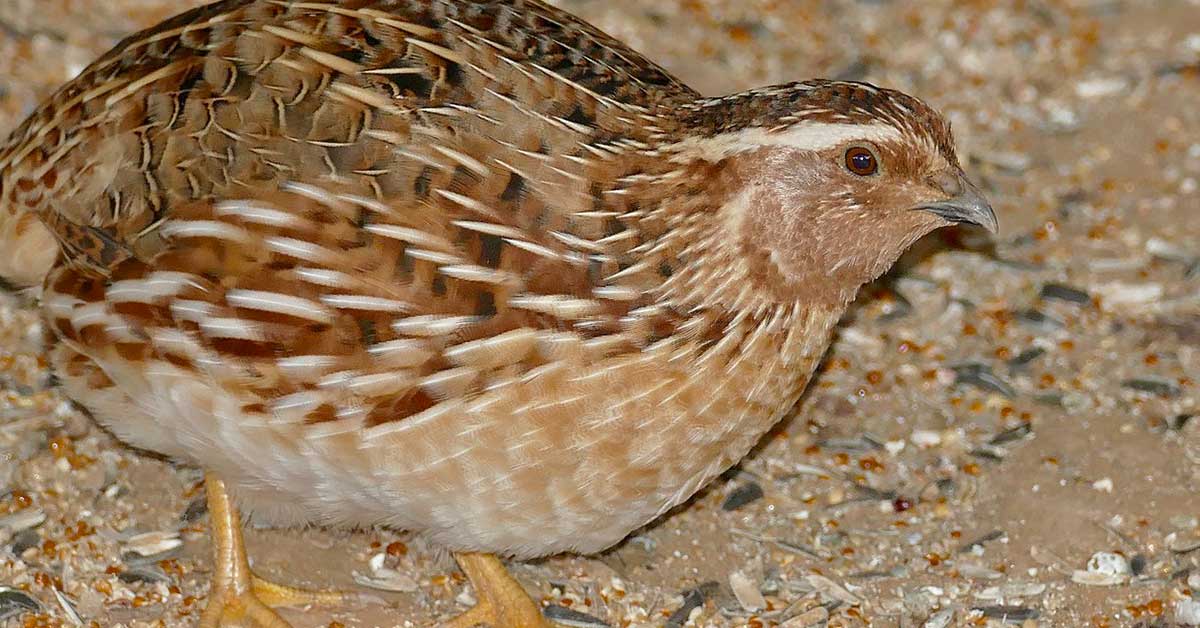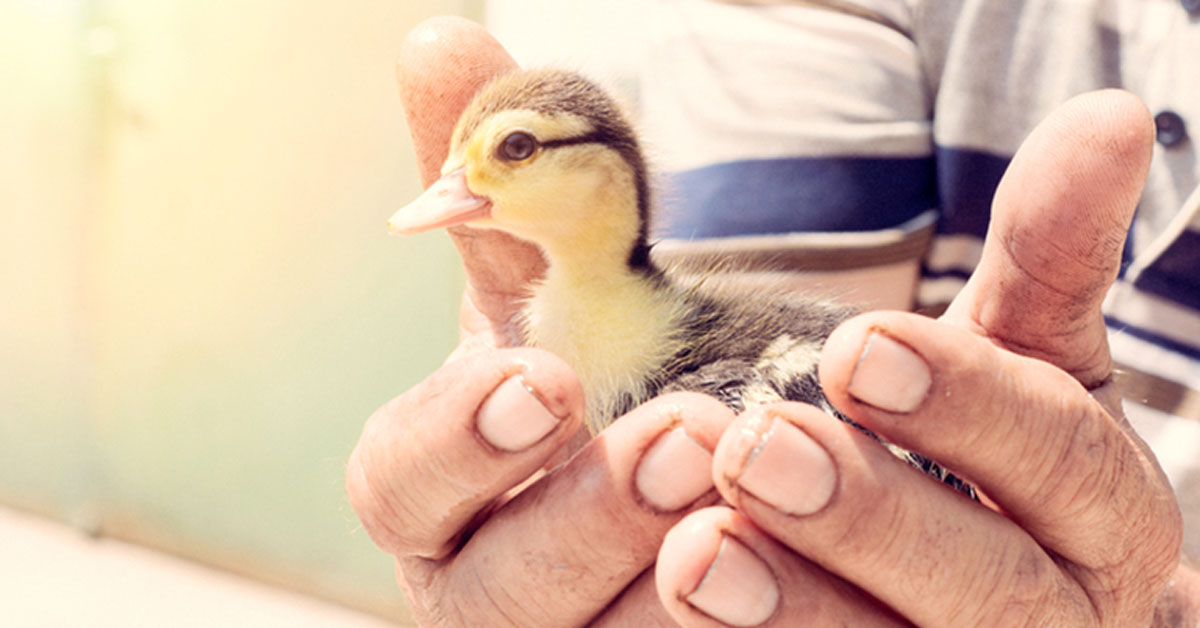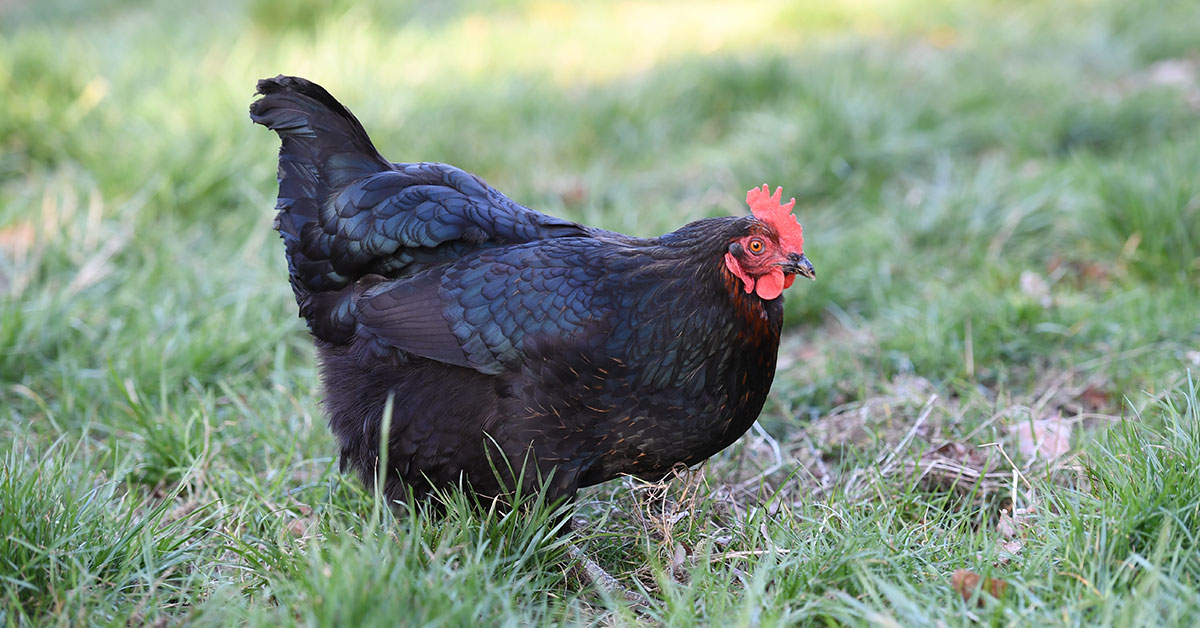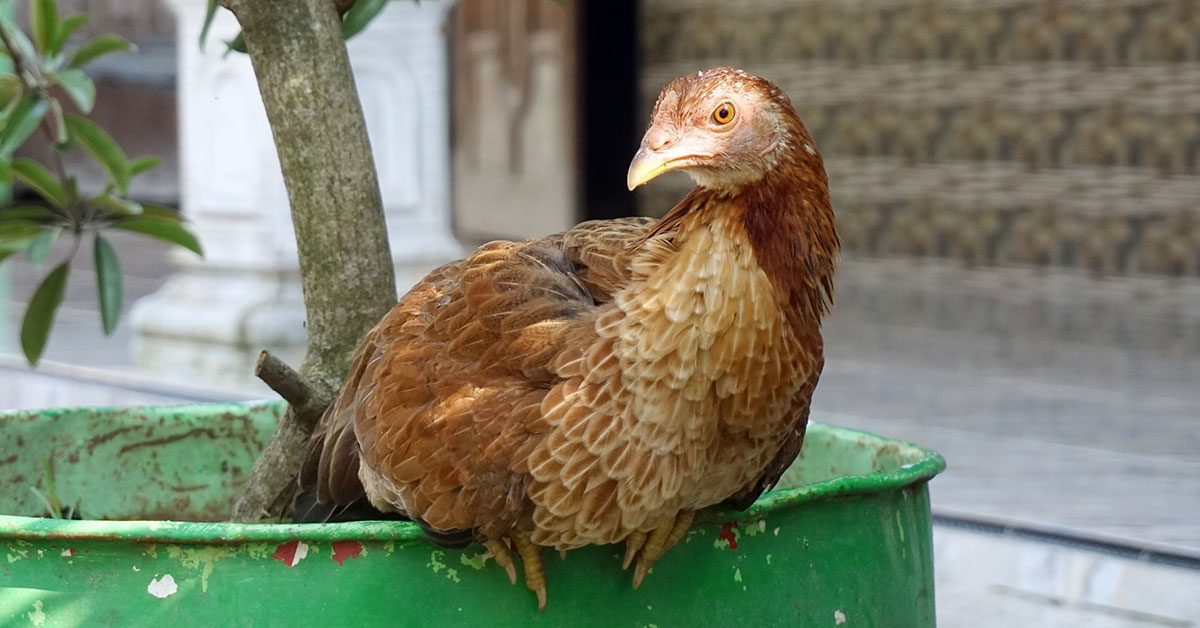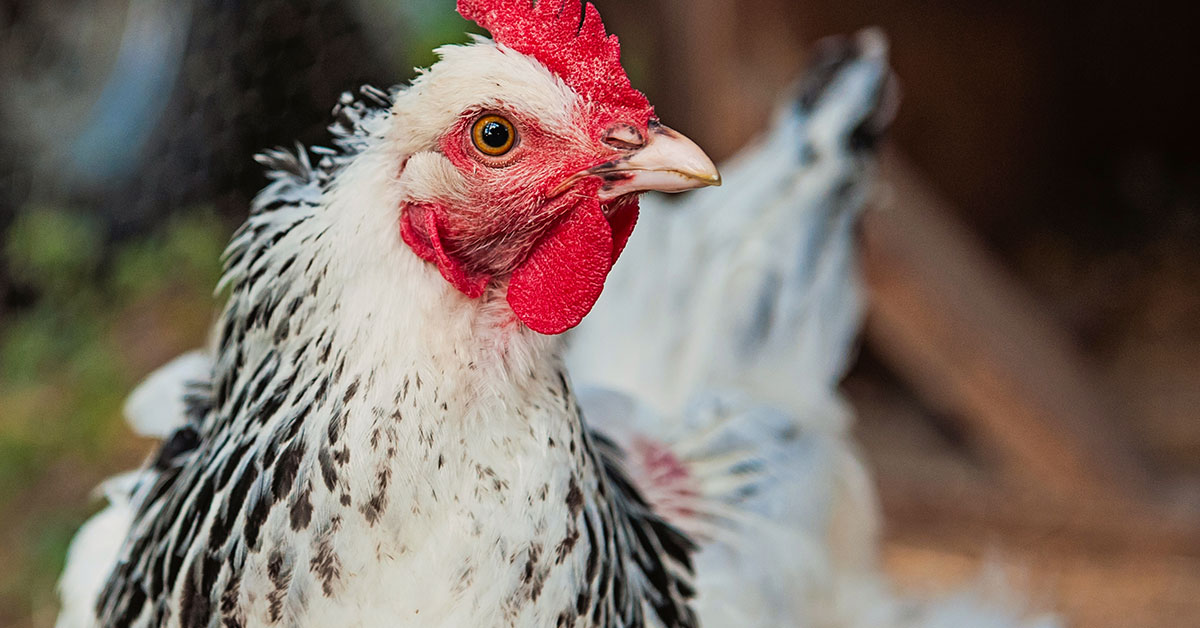Keeping a flock of your own chickens can be a fun and rewarding hobby, and one of my favorite breeds of chicken are Buff Orpington chickens. I’ve kept buffs pretty consistently for more than a decade, and between their size, egg production, and their temperament, they are the perfect bird for any casual backyard hobbyist.
All about Buff Orpington Chickens
There are tons of pros to keeping Buff Orpington chickens and overall very few cons. You’ll find that these chickens are hardy, calm, and easy to raise. Some more about Buff Orpington Chickens:
- Latin name: Gallus gallus domesticus
- Appearance: Light tan feathers, some varieties available
- Varieties: White, Blue, Black
- Origin: Kent, England
- Temperament: Calm
- Rooster behavior: Calm, protective
- Noise: Very quiet
- Purpose: Dual purpose, meat and eggs
- Eggs per year: 200-280
- Egg color: light brown
- Size: Large
- Hen weight: 6-8 pounds
- Rooster weight: 8-10 pounds
- Broody: Yes
- Lifespan: 8 years
- APA Recognized: Yes
Buff Orpington Chickens are a breed of chicken that was recognized by the American Poultry Association in 1902. The term ‘buff’ denotes their coloration, which is light tan to blond. Other varieties of Orpingtons exist, such as white, blue, and black. These birds were first bred in Kent, England and have a very calm temperament, making them a great bird for families with children.
Buff Orpington hens are very quiet. Roosters do crow, but not excessively. They are a dual purpose bird, being good for meat production as well as good egg layers. Typically, a young hen will produce 200-280 light brown eggs per year. These chickens are considered a large breed and are known to sit very well on their eggs. They live an average of 8 years but can live much longer with proper care.
Read More: How To Keep Chickens Out Of The Garden
Hen Temperament
Buff Orpington chickens have a calm temperament. The chicks are very friendly if handled frequently and the adults are pretty no-fuss about being handled. Hens are not aggressive and will rarely peck, only when broody.
Rooster Temperament
Like Buff Orpington hens, Buff Orpington roosters are level-headed and friendly. If properly adjusted to human presence, these roosters do not attack. They are extremely vigilant of their flocks, quickly springing to action again would-be predators, but rarely behave aggressively toward humans. Proper care will go a long way to ensuring a good rooster disposition.
Purpose
Buff Orpington Chickens are considered to be a dual purpose bird, being efficient at producing meat and eggs alike. A young adult hen will lay 200-280 eggs per year and are generally good about continuing to lay readily well into middle age and on. Hens will weigh 6 to 8 pounds and roosters will weigh 8 to 10 pounds when fully grown, making a decent sized yield of meat for a dual purpose bird.
Variations
Buff Orpington Chickens are given the term buff for their light tan to blond coloration. There are three other types of Orpingtons that are recognized by the American Poultry Association. Black and White Orpingtons were recognized in 1905 and Blue Orpingtons became a recognized breed in 1923.
Read More: How To Compost Chicken Manure
History of Buff Orpington Chickens
Buff Orpington Chickens were first bred in Orpington in the county Kent, England in the late 1800s by a breeder named William Cook. Cook originally bred the Black Orpington by crossing Minorcas, Langshans, and Plymouth Rocks. Black Orpington Chickens were bred to help hide dirt and soot, which were common problems in England during the industrial revolution. He intended for his Orpington chickens to be good dual purpose birds.
The first Orpingtons were unveiled to the world in 1886, and they were an immediate success for Cook, who quickly began selling the birds throughout England as well as exporting them to other countries, like the United States.
Buff Orpington Chickens were the second breed he produced, followed by white and blue varieties. Buff Orpington Chickens were a cross of Dorkings, Hamburgs, and Buff Cochins. Everywhere Cook went, he had no trouble selling his Orpington chickens.
Coop and run
Chickens tend to pick up bad behaviors when their coop and run aren’t up to their standards, so making sure you have the appropriate cook and run for your Buff Orpington chickens is vital.
Buff Orpingtons do not like to be cramped. These chickens want their space and will be happiest if allowed to free range in an area of at least 8 square feet per bird. So if you have 10 Buff Orpington chickens, you should strive for an 8×10 run at minimum. Chickens are less picky about coop size as long as they
Chicken runs and coops should be kept properly cleaned out and provided fresh straw regularly. At least one nest box per laying hen is preferred, although they can tolerate “buddying up” and laying eggs in the same nest box. These chickens are known to wander some and will occasionally find creative places to lay their eggs.
Common problems with Buff Orpington chickens
Buff Orpington Chickens aren’t a breed you have to worry too much about. The biggest problem associated with them outside of the usual chicken diseases and injuries is heat stroke. Buff Orpingtons have a dense layer of feathers which makes them very hardy to cold climates but susceptible to issues with summertime heat.
The other known drawback to the Buff Orpington Chicken is its appetite. These are hungry birds who would much rather spend their days near the feeder than go out and forage. Be aware of your hens’ weight, as overweight hens may suffer health issues and egg binding, which is a deadly problem. Your hens should weigh between 6 and 8 pounds.
What to feed Orpington Chickens
Up until about 16 to 20 weeks, your Orpington chicks should be fed a commercial chick starter feed with 18% protein. This added protein will help your young chicks grow and develop into healthy birds. At 20 weeks, they can be switched to a 16% protein layer feed to support healthy feathers and good egg production. Chickens enjoy being put out to pasture where they can eat grass, bugs, and other plants. They will also gladly eat some fruits, vegetables, grains, and leafy greens.
For more information, check out our comprehensive guide on what foods chickens can and cannot eat.
